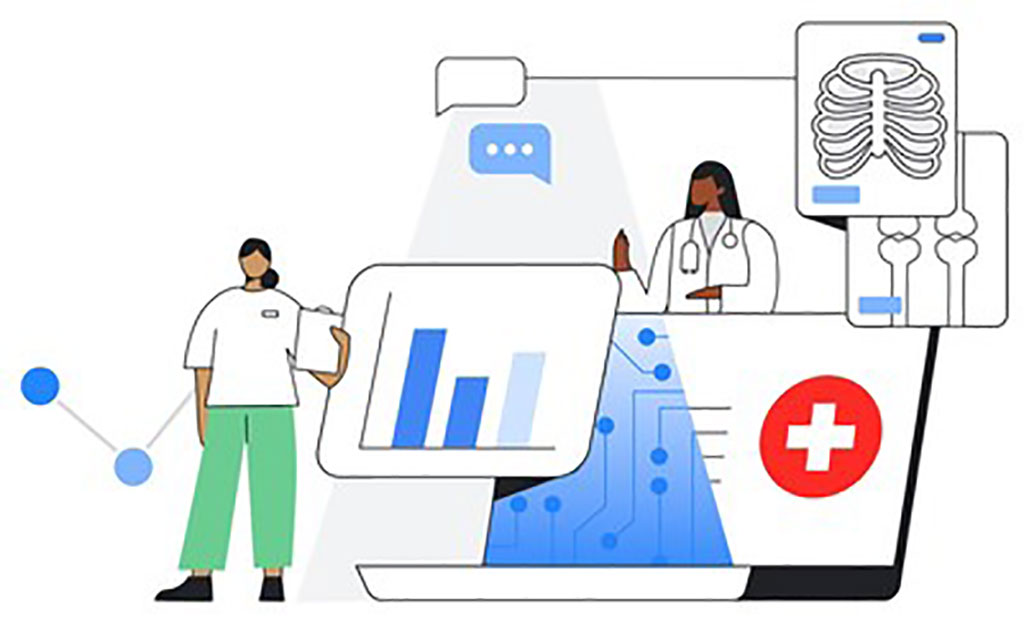AI-Based Mammography Triage Software Helps Dramatically Improve Interpretation Process
Posted on 11 Oct 2021
An artificial intelligence (AI)-based mammography triage software is helping dramatically improve the interpretation process for healthcare providers.
In a new study, researchers at the Scripps Green Hospital (La Jolla, CA, USA) showed how the use of an AI-based computer-aided detection (CAD) and triage software suite improved the mammographic interpretation process at an imaging center and its partners. Mammographic results can be delayed for many reasons, including physician shortages. Many women experience anxiety waiting for their mammographic results, with 97% of women in one study reporting that immediate results would lower anxiety.

The AI software that aids in detection and triage of clinical concerns was first implemented in June 2019 at a single outpatient site utilizing 2D digital mammography. The AI software evaluated all imaging exams as soon as they were completed, triaging any suspicious findings into a sortable worklist and notifying the physicians. While integrating the AI tool into the imaging centers’ picture archiving and communication system was “unproblematic”, radiologist buy-in proved to be a challenge as physicians experienced fears of being replaced, distrust and hesitancy in learning the new approach.
The study showed that post the implementation of the AI tool, the average turnaround times declined from around 9.6 days based on 2019 data to 3.9 days in 2021. Among BI-RADS (Breast Imaging-Reporting and Data System) category 0 patients, the average turnaround times fell from 9.4 days (with a range of 1-33) to 4.7 days (0-22). Exams with suspicious findings were usually interpreted within one day, with fewer left for outside comparisons. There was also a decline of 71% in flags per examination when using AI from 2.26 per exam to 0.65, marking a “comparable and significant” reduction for both masses (down 72%) and calcifications (70%).
“Despite initial skepticism, a verbal survey of the interpreting radiologists performed two years after implementation showed universal preference for the AI-[computer-aided detection] compared with traditional CAD, the value of which has been questioned,” the researchers wrote. “Furthermore, the use of triage is now seen as the preferred way to manage their work lists,” indicating the “perception of greater ease” when reading batched mammograms.
Related Links:
Scripps Green Hospital














